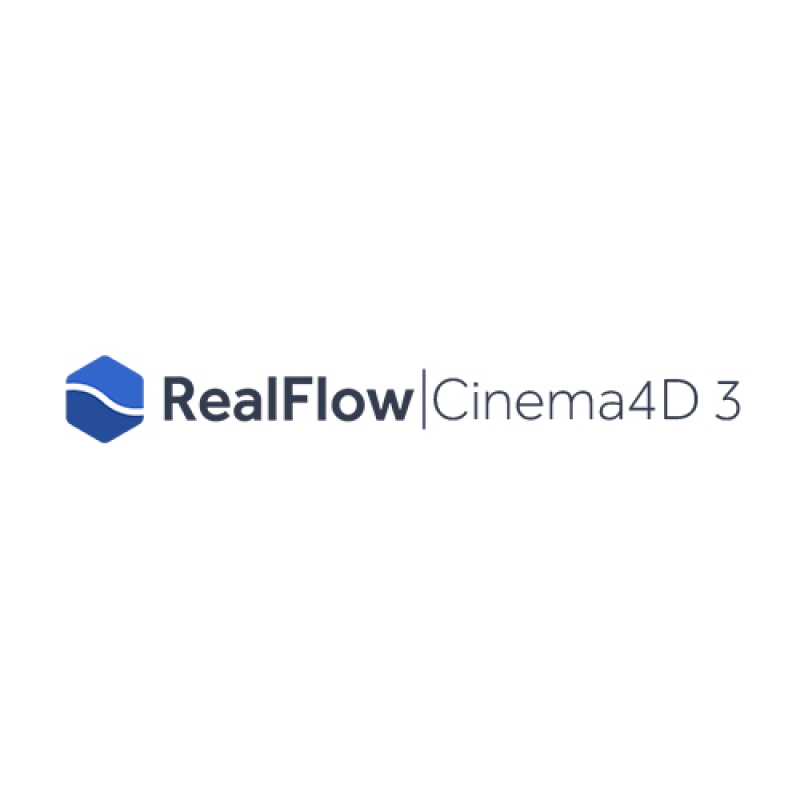

rent, wages, interest and profit, from the firm to the households, and a corresponding flow of consumption expenditure takes place from the household to the firm. Conversely, we all know that flow of factor services generates factor income, i.e. Real flow involves the flow of factor services from the owners (households) to producers (firms) and a corresponding flow of goods and services from the producers (firms) to consumers (households).Let us understand the difference between real flow and money flow, in the elaborated form:

Key Differences Between Real Flow and Money Flow Alternately, it is called as income flow or nominal flow.Īs you can see in the figure, the two arrows indicate the money flow between the two sectors in the economy.
#Buy realflow free
So, it is free from the difficulties that arise in barter exchange. Hence, in a money flow, money acts as a medium of exchange, which facilitates transactions between the two sectors.
Therefore, firstly money flows from firms to households in the form of factor payments for the factors of production provided by the household sector and then the money flows from households to the firms, in the form of consumption expenditure. Firms represent the producer group, who produce the goods and services, and for this, they require inputs and so they hire factors of production from the household sector. Households represent consumers of goods and services, which also owns the factors of production. Therefore, all the payments made by the firms to the households for the factors of production provided and by the households to the firm for the goods and services purchased, are made in the legal tender of the country. The basic concept behind money flow is that goods and services, and factor services are valued in monetary terms in a modern economy. In this way, money flows back to the firms, in the form of consumption expenditure on the goods and services. the consumers spend the money received by them on buying goods and services produced by the firms, so as to satisfy their wants. In money flow, the household sector receives monetary payments in the form of rent, wages and salaries, interest and profit, for the factor services offered by them to the firm. Moreover, and the sectors are interdependent on one another.Īlso Read: Difference Between Stock and Flow Definition of Money Flow And in this way, money does not play any role in real flow, due which the difficulties of barter exchange may take place.Īs you can see in the figure shown above, the two arrows represent real flows. The actual flow of final goods and services from producers (firms) to consumers (households).įurther, it acts as a reward for the productive services offered by the households to the firms. The household sector provides factors of production to the producer sector. In real flow, the household sector being the owners of the inputs supply factor services in the form of raw material, land, labour, capital and enterprise to the firm, and in exchange, the firm provides goods and services to meet the demand of the households. Hence, it is also termed as product flow or physical flow. Real flow is named so because there is the physical transfer of goods and services amidst the two sectors, i.e. Real flow is when goods and services move from one sector of the economy to another sector. Concurrently, goods and services are purchased from the business sector by the households.Įxchange of goods and services without the use of money.Įxchange of goods and services by using money. 
Remuneration is provided to households by the firms for factor services. Concurrently, goods and services are supplied by the firms to households.

Money flow implies the cycle of payment in the monetary form, from firms to households and a corresponding monetary payment from households to the firm.įactors of production flows from households to firms. Real Flow implies the movement of factors services and a corresponding flow of goods and services amidst the various sectors of the economy. In this post, we will talk about all the important differences between real flow and money flow, using diagram and examples. In one direction, there is the flow of goods and services, while in the opposite direction there is a flow of money, with respect to the payments for availing the goods and services, which results in a circular flow.In the process of exchange, the amount received by the seller is equal to the amount spent by the buyer.The ongoing movement or exchange of goods and services and money across various sectors of the economy is termed as Circular Flow of Income: Principles of Circular Flow of Income the household sector, which represents the consumer group and producer sector which represents firms. A two-sector economy is one where only two sectors exist, i.e.








 0 kommentar(er)
0 kommentar(er)
